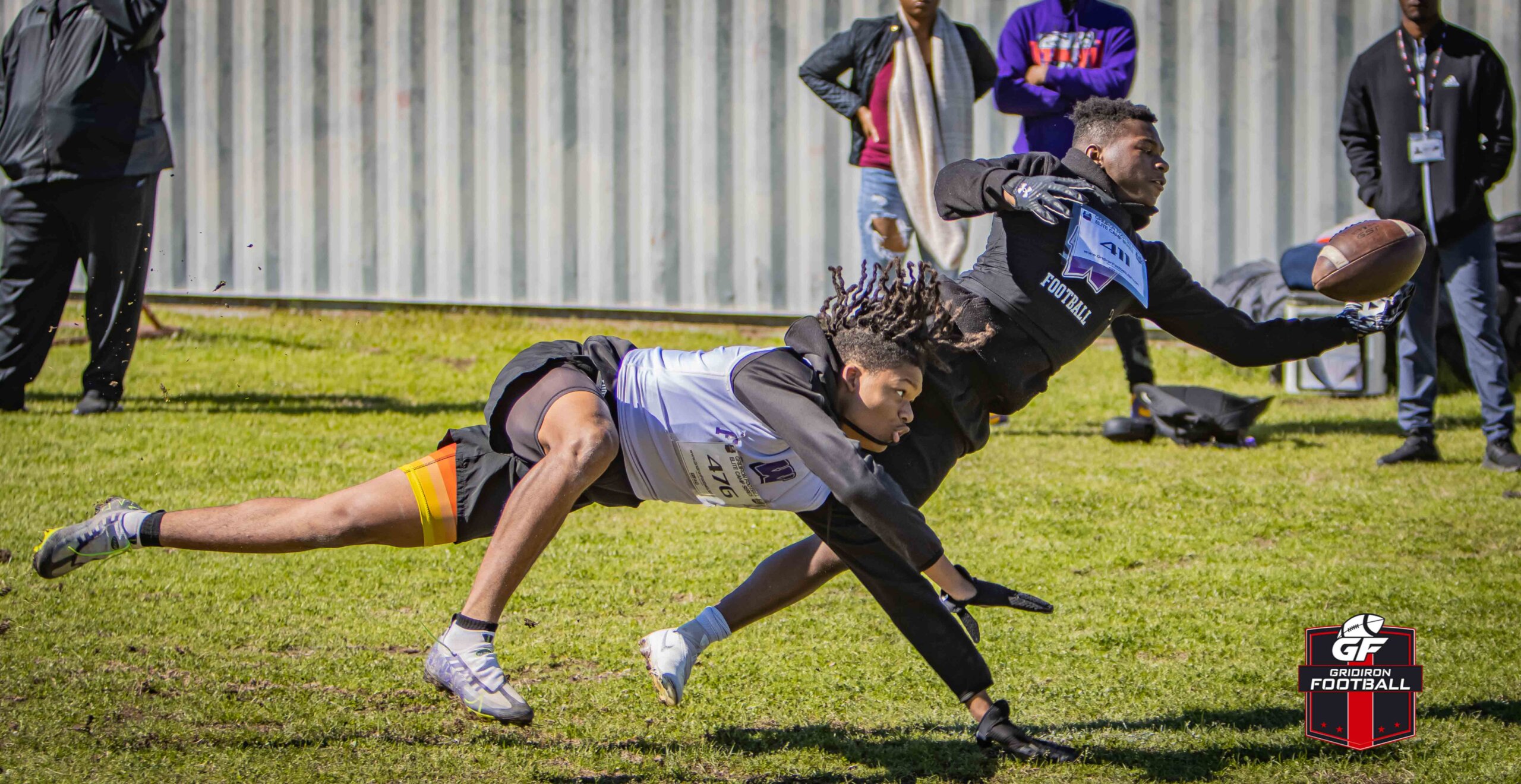By: John Paul Guidry DPT CSCS
Low back pain is one of the most common orthopedic problems treated today. It is the leading cause of disability in Americans under the age of 45. Although steadily increasing, treatments like surgeries, injections, and pain meds, while helpful for some, are not successful in treating low back pain overall. There is strong evidence supporting manual and movement based therapies for painful musculoskeletal problems; therefore, physical therapy can be a viable option for treating low back pain without the negative effects of the treatments listed above. In this article, I would like to dispel some of the myths associated with low back pain and hopefully give the readers a better idea of what to do if they experience it. The first myth: Damage and/or degeneration is correlated with pain. While damage and degeneration such as disc injuries, sprains or strains, arthritis, stenosis etc. are one factor in why someone may have pain, they do not have a direct correlation with pain. Pain is a multi-factorial issue in which damage or injury is only one factor; social relationships, environment, genetics, stress and anxiety are just a few of the many factors that effect whether someone may experience low back pain or pain in general. Pain is about sensitivity of the nerves not about damage to the tissues. It is an output of the brain in response to a threat of which can be any number of things with tissue damage being only one. Therefore, no matter what your MRI or X-Ray may show, if severe injury or disease is ruled out, the rest of the results do not correlate well pain. The second myth: People with low back pain should always avoid certain movements or activities. While acutely some movements or activities should be avoided, the goal is to restore all motions of the spine and return to full activities as soon as possible. A common belief is that people with low back pain should never bend forward or lift, but the reality is that people with low back pain or injury with a properly guided, graded activity and exercise program should be able to return to those activities with minimal to no issues. The third and last myth: Low back pain is related to either your spine/pelvis being out of place or due to a weak back or core. Firstly, there is no evidence supporting that the joints of our spine or pelvis can go out of place. Therefore, when you get manipulated by a chiropractor or physical therapist and feel better, it is not because a joint was put back in place, but rather most likely due to a change in the threat to the nervous system as well as possible placebo effects. There is also a very poor correlation between core strength or weakness and low back pain. Core strengthening exercise programs have been shown to be no better than general exercise or even walking in treating low back pain. The spine is a strong, resilient structure and in most cases people with pain have more issues relaxing the muscles in their back rather than needing to increase the strength in them. Thinking that you have a weak back can cause more fear and pain and lead to a decrease in function. Your back is not weak or out of place. While core exercises can be a beneficial part of a low back pain rehabilitation program, the best course of treatment is proper education, a graded return to full movement and activity, manual therapies, general exercise and movement, as well as keeping yourself in good general physical and mental health. Physical therapy can be a great choice for most people with low back pain without the risks associated with surgery, pain meds or injections. This information is not a substitute for a proper medical examination and treatment, so if you are experiencing low back pain or pain in general please see a Medical Doctor or Physical Therapist for a proper evaluation of your complaints before starting any type of treatment or exercise program.









Great line up. We will be linking to this great post on our website.
Keep up the good writing.
This is an extremely great suggestions especially to those new to blogosphere, short
and accurate advice… Thanks for sharing this one.
A must read post.
I was waiting for this type of matter. Thank you very much for the place.
This is a matter close to my heart cheers. Thanks
Well I like what you said,As a junior i want some suggestion. Check my video.Thanks [Link deleted]